Students often rush to try to find an answer quickly. In the long term, this results in students taking more time to tackle a problem. By slowing down, noticing deeply, making connections, asking questions, and identifying patterns, students can better understand what information an image/diagram has. When students get in the habit of this, they will start to do it automatically and see the benefits to looking and thinking before answering.
In this presentation, participants will engage with some of the Lincoln Center Education Capacities for Imaginative Learning as learners. They will leave with a plan for how to incorporate at least 1 of the capacities into their lessons regularly.
The examples used will be specific to the secondary science classroom, however this is applicable to any teachers at the secondary level. Primary teachers may find this interesting and useful, but perhaps not as easy to scaffold to content for their own classroom.
March 2024 - 21CLHK
Job Role Applicability:
- Science / STEAM Teacher
- Science
- Visual Arts
- Performing Arts
- ESL
Presentation
- Middle School [Age 11 - 13]
- High School [Age 14 - 17]



